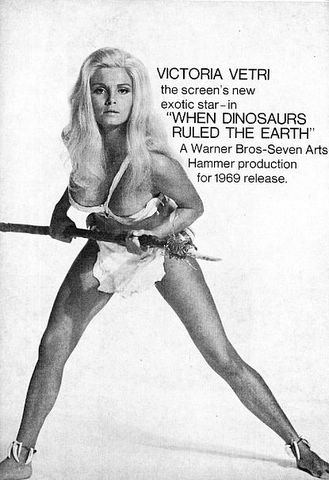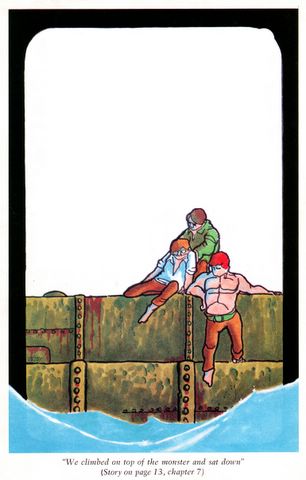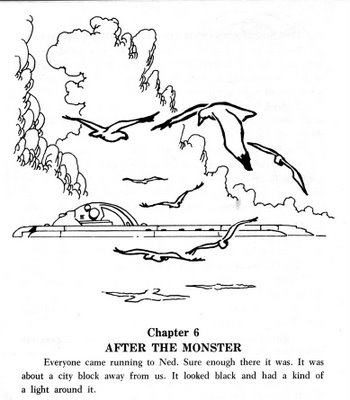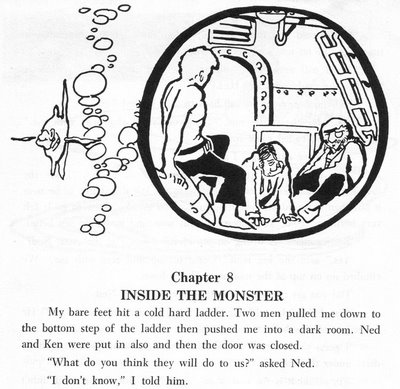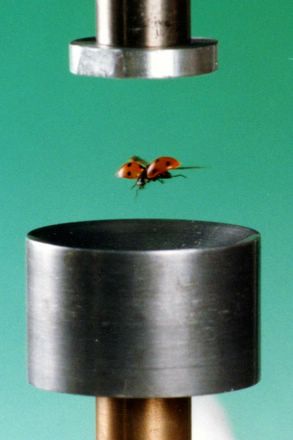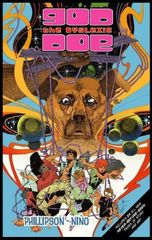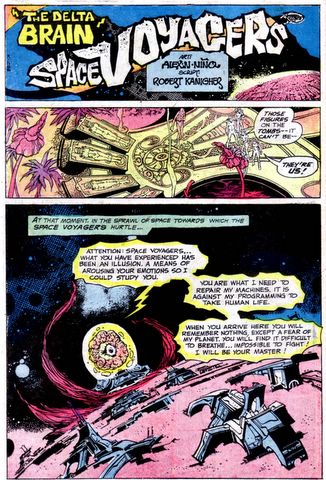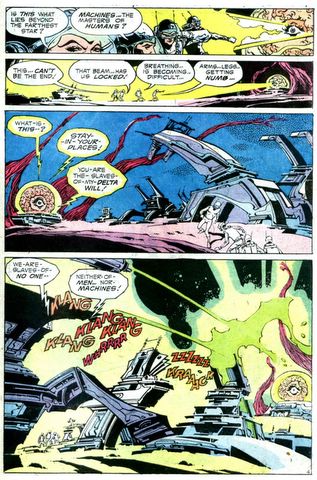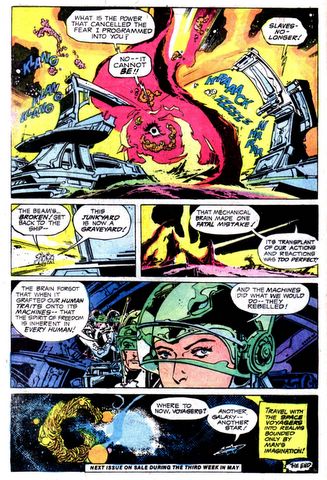
Scientists have long believed that bees first appeared about 120 million years ago -- but previous bee fossil records dated back only about 65 million years. Danforth and Poinar's fossil provides strong evidence
 for a more remote ancestry. The fact that the bee fossil also has some wasp traits suggests an evolutionary link between wasps and bees.
for a more remote ancestry. The fact that the bee fossil also has some wasp traits suggests an evolutionary link between wasps and bees.In a related study, published in the Oct. 10 issue of the Proceedings of the National Academy of Sciences, Danforth and colleagues examined early bees' structures in combination with bee DNA, producing the largest molecular and morphological study to date on bee family-level phylogeny -- the evolutionary development and diversification of a species. Their goal was to examine the early evolutionary pattern of bees and how their evolution relates to the evolution of flowering plants.

Until now, many researchers believed the most primitive bees stemmed from the family Colletidae, which implies that bees originated in the Southern Hemisphere (either South America or Australia). However, the work of Danforth and his group suggests that the earliest branches of the bee's evolutionary tree originate from the family Melittidae. That would mean that bees have an African origin and are almost as old as flowering plants, which would help explain a lot about the evolutionary diversification of these plants. link

Invisible Kid and Chameleon Boy © DC Comics
A Fossil Bee from Early Cretaceous Burmese Amber. 2006. G. O. Poinar. Science 314: 614.


